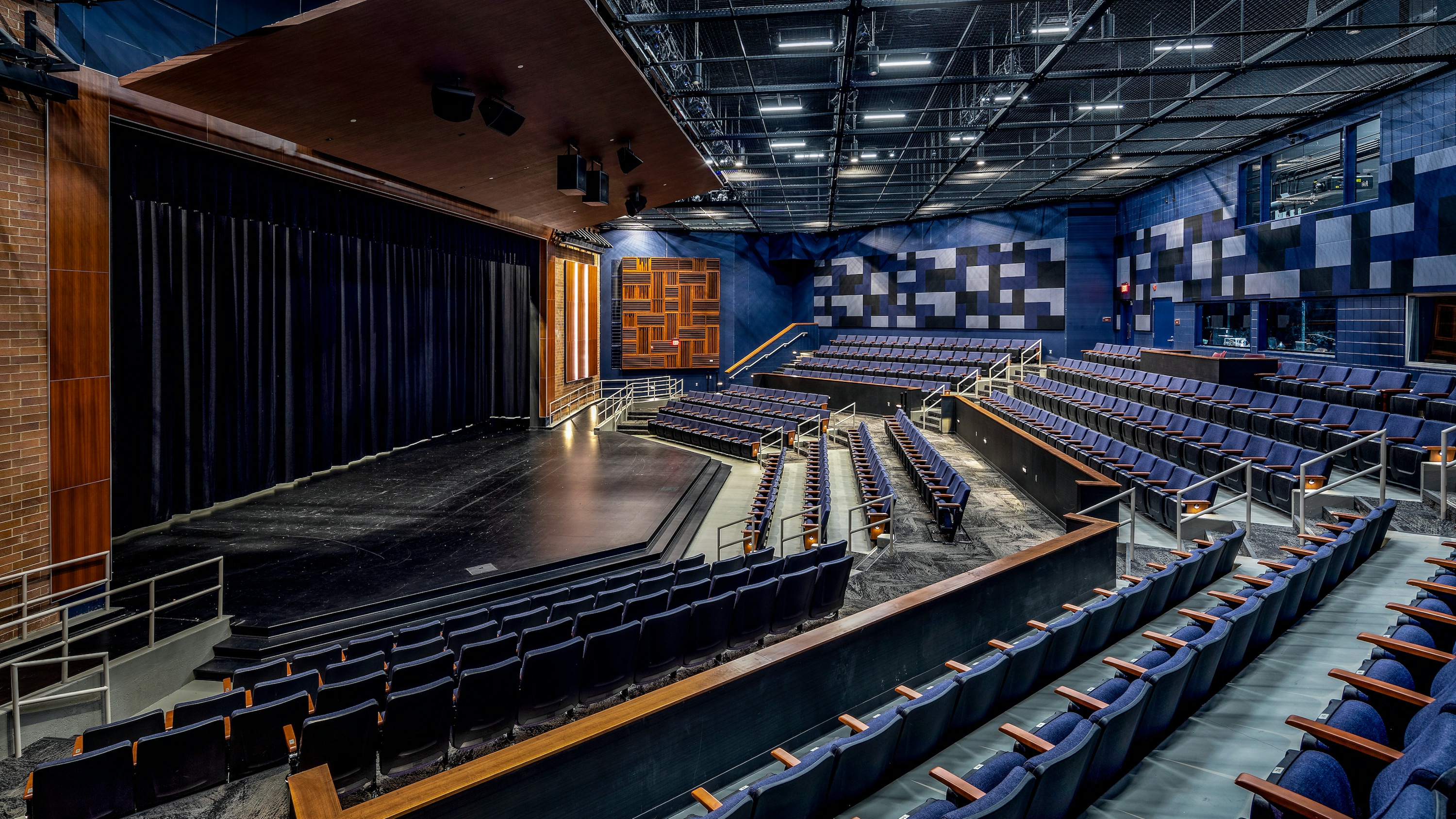
If all the world’s a stage, then auditoriums are catalysts for a community’s most poignant performances. Whether it's music or drama, educational lectures or celebrations, auditoriums are, at their core, storytelling spaces.
The ultimate goal of these spaces is to communicate to a larger audience, a concept that dates back thousands of years. At schools and districts across the country, auditoriums are used to host school plays, band and choir concerts and lectures alike, but many were created with flexibility in mind over functionality. While overlapping square footage in a gym-theater combo or “cafetorium” may save a district money, it can be a costly compromise to students’ overall learning.
As school districts build or renovate theaters and auditoriums, keep functionality at the forefront to ensure the best possible spaces for storytelling and learning are designed.
Before considering adding a new auditorium to a school or district, start with discussing the primary goals for the space with teachers, community members and other leadership. Create a task force, and incorporate stakeholders at every level to guarantee input and feedback is provided from a diverse group of people.
Determine who the storytellers, or performers, will be and the ideal audience sizes for their work. From the storyteller’s standpoint, would a theater in-the-round with an audience surrounding the stage be most useful? Or, should the space be designed for elevated acoustics to allow an entire orchestra to perform at its best? What technical level of stage will be needed for the presentation style in mind? In addition, how can the space support the learning environment for many ages and uses?
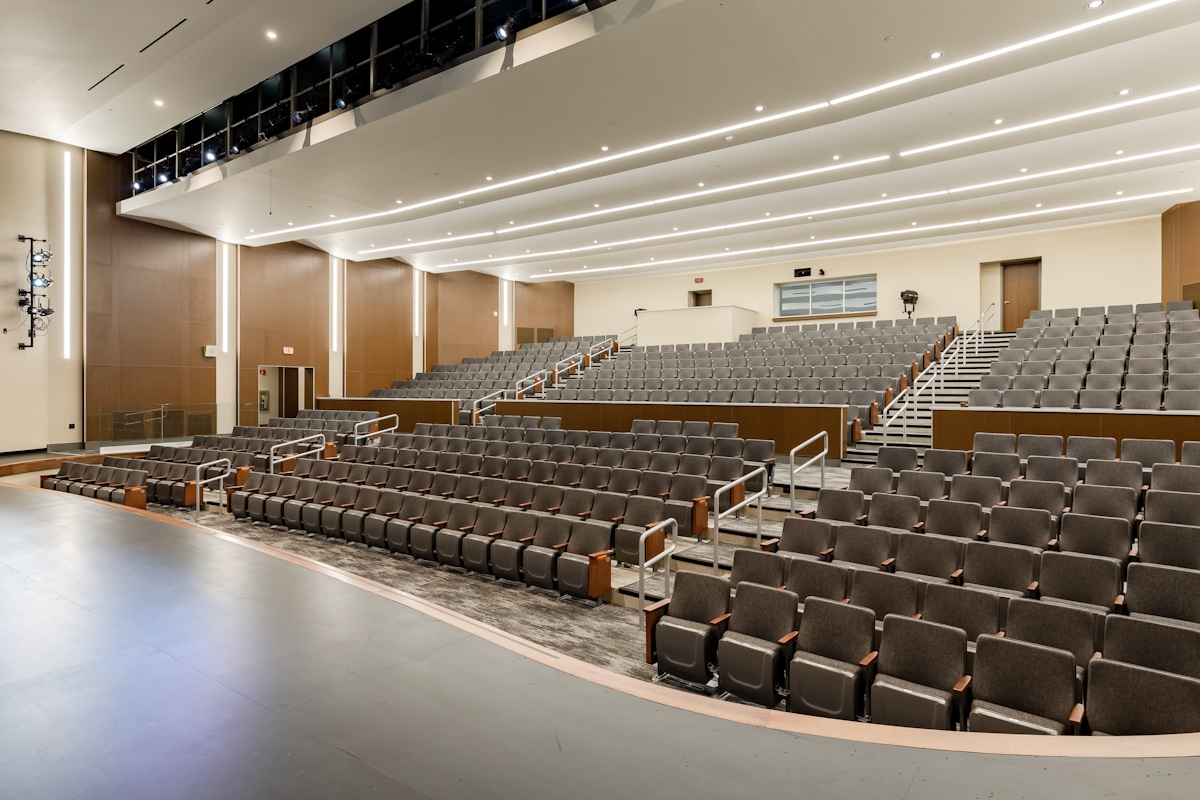
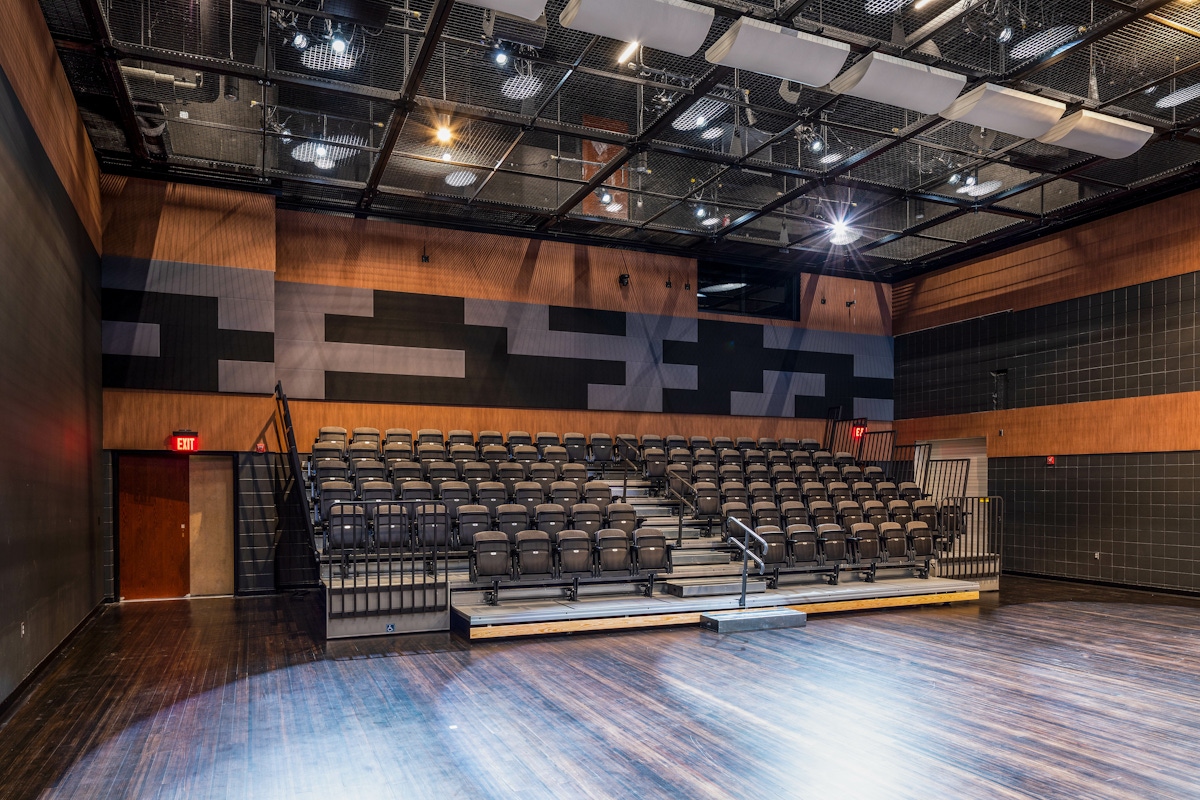
The responses to these initial questions can help dictate the overall design and functionality of the auditorium. These spaces can serve multiple functions, including hosting:
For all ages and backgrounds - from actors to crew, kindergarteners to high school seniors - the space should be able to function for its main purposes and meet the needs of each group of users. Depending on the target age groups and learning objectives, certain types of auditoriums and layouts may be better over others, from the arched proscenium theater for a classic performance to the thrust stage extended on three sides into the audience with backstage room.
Many elementary schools tend to have smaller, more welcoming theaters compared to the larger, more open auditoriums found at higher grade levels. These spaces are typically used for group gatherings between teachers and students and can easily host community members as well.
From Grandparents’ Day celebrations to guest speakers, the seating area for the audience is usually wider and closer to the stage where attendees can be more easily engaged in storytelling. These spaces typically bring together 50 to 100 people at a time compared to large-scale, 500-seat auditoriums. From an architecture perspective, thrust stages are best suited for these purposes.
Seating that surrounds the stage allows for intimate performances and brings the audience closer to what is happening to create a more personal experience. These unique auditorium arrangements enhance core curriculum by allowing students to role-play and act out classroom activities in new settings.
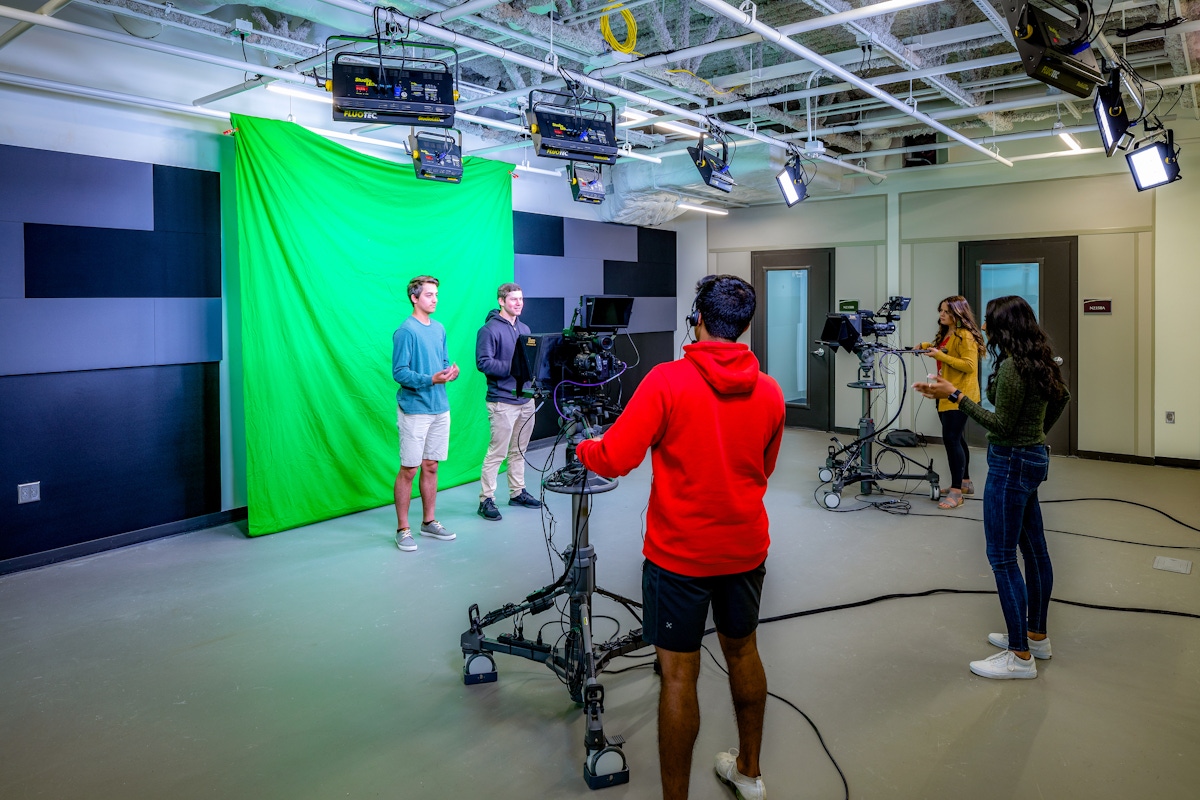
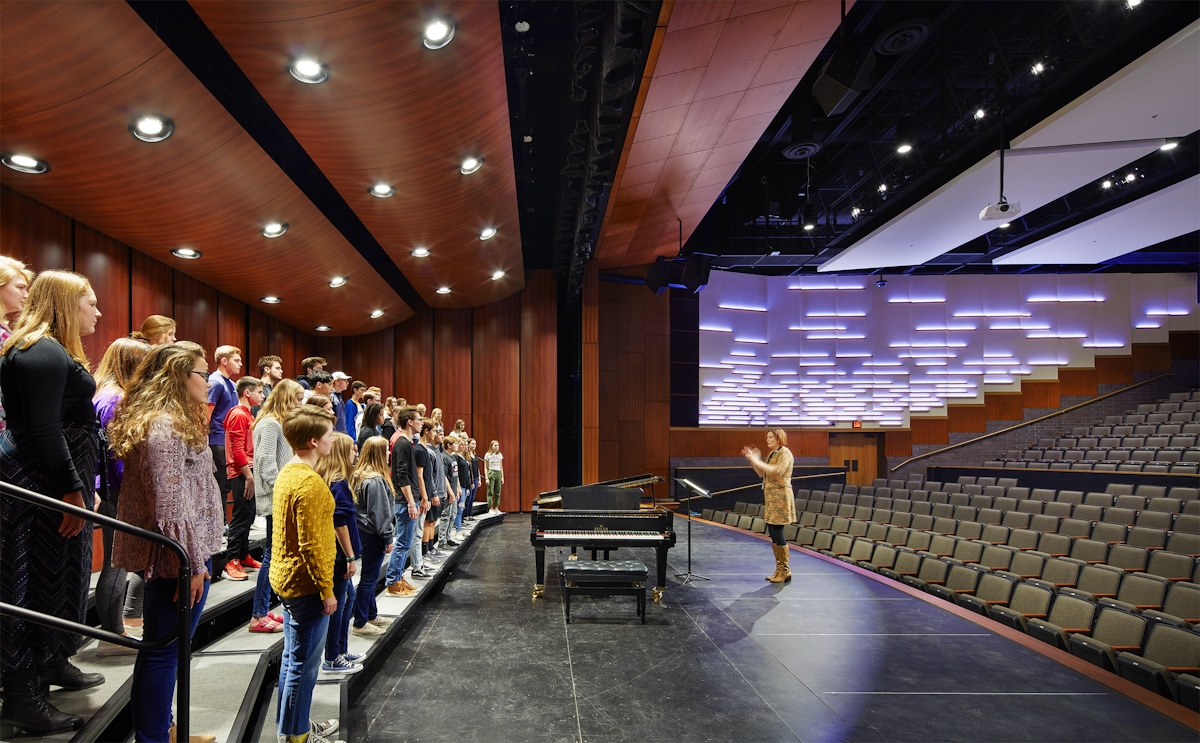
As students transition into higher grade levels and the arcs of young performers begin to expand, so do the auditoriums used to develop new skills. At the middle and high school level, students are beginning to dive deeper into performance, such as drama and music, and need the necessary support spaces to continue broadening their skills. In some cases, schools and districts may require separate auditoriums for acting versus concerts, but most will adjust design elements to best fit their needs within a singular space.
While a fanned audience arrangement is closer to the stage and generally favors the drama/theater functions, angled walls are not as good for acoustics. Proscenium theaters, where the stage is separated from the audience by a defined arch or “4th wall,” are some of the most common auditorium types to meet the needs of both drama and music. There may also be an extension past the stage called an apron that can house an orchestra underneath or provide additional space above for performers or speakers in front of a closed main curtain.
Black box theaters are another type of auditorium to support the experimentation and exploration of art and storytelling in higher grade levels. Designed exactly as they sound, these spaces provide a large, flexible area for stages and smaller audiences to set up however best suits the needs for a particular performance or show. Many professional theaters use similar spaces to rehearse and block before final performances, and black box theaters provide students with an experimental lab to freely practice their presentation and communication skills. In essence, they are a miniature theater-in-the-round. While these theaters are relatively rare at the K-12 level, they may be a part of a specialized performing arts campus.
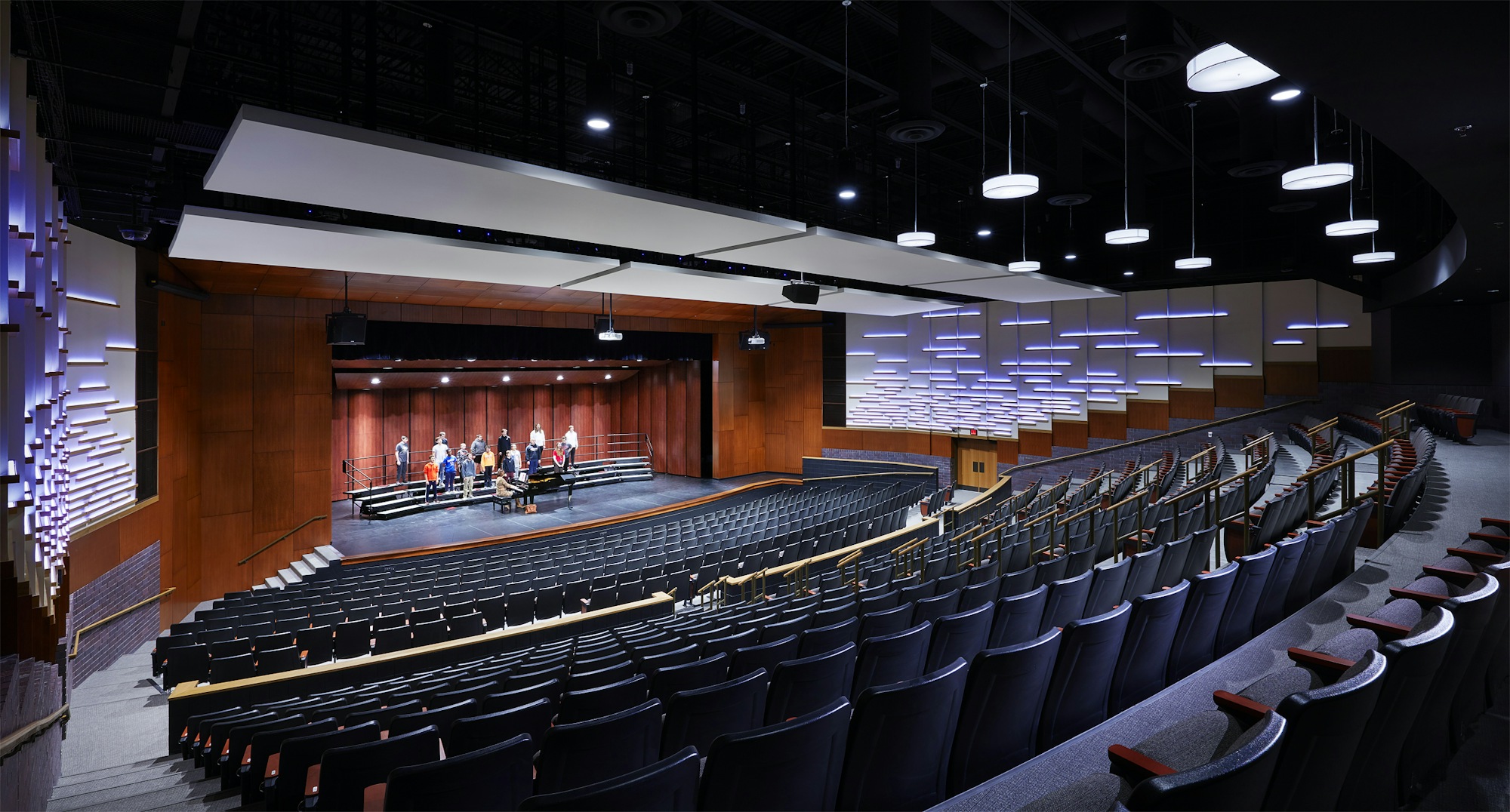
Occasionally, districts with multiple schools located near each other or on a single campus that don’t have an existing theater space may add an auditorium that supports students of every age and grade. These spaces can also host district-wide events and performances and typically have enough seating to house 500-600 audience members, but may be as large as 1,000 seats or more.
To ensure these spaces are flexible enough for more intimate group settings, the house can be divided into sections or segments so smaller groups of people can attend and not feel overwhelmed or spread out in a giant box meant for 500 or more attendees.
The availability of higher-end auditoriums with full fly lofts, rigging systems and catwalks to elementary and middle school students can have many benefits, including exposing them to a developmental, lifelong appreciation for the arts at a young age as well as allowing older students to engage with younger ones and share excitement and interest in storytelling and performance. There may even be opportunities for middle or elementary students to get involved in high school performances when appropriate.
Some schools and districts may be able to provide students with a variety of individual performance spaces and theater types at the elementary, middle and high school levels and allow them to evolve in functionality so students can grow and move onto the next stage. The possibility of having different venues to create a wider range of opportunities should be part of any discussion on what is needed for the community. Whether actors or musicians, crew members or public speakers, the right auditoriums can set students up for success both on the stage and far beyond.
This article was originally published in American School & University on August 13, 2023 and can be viewed here.